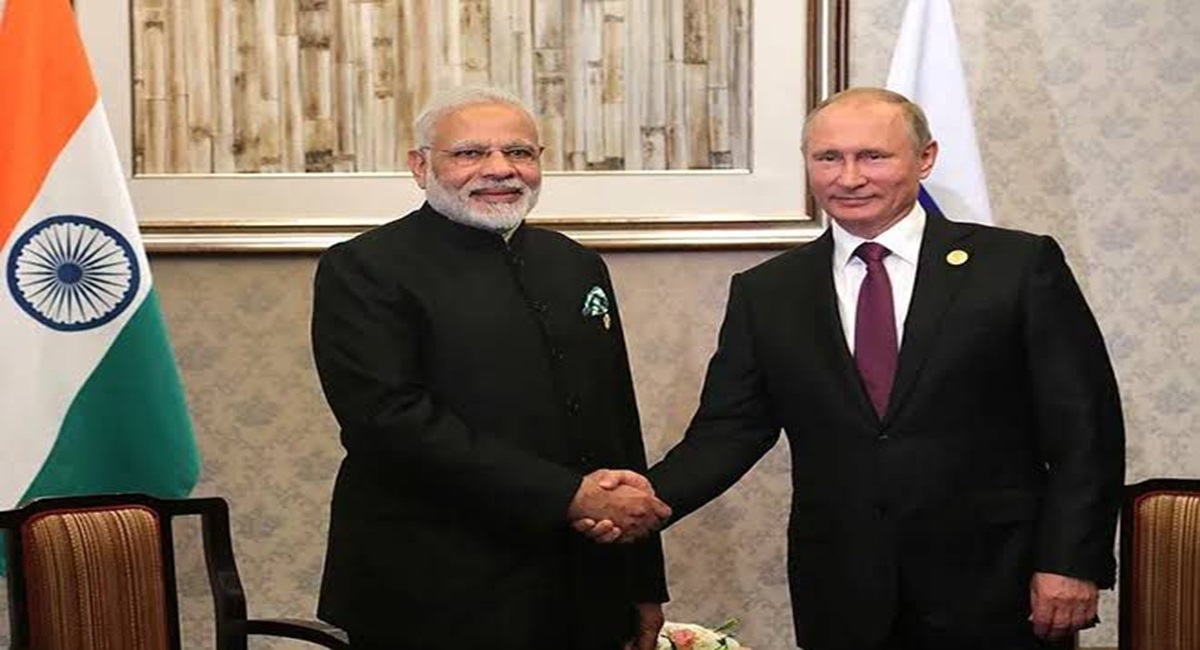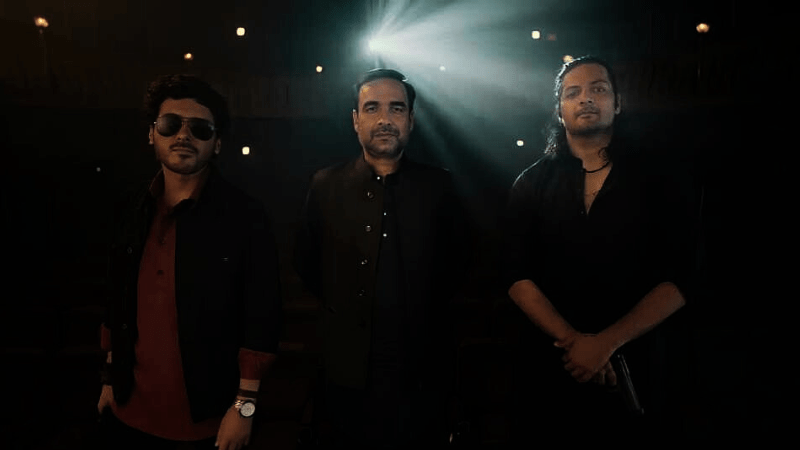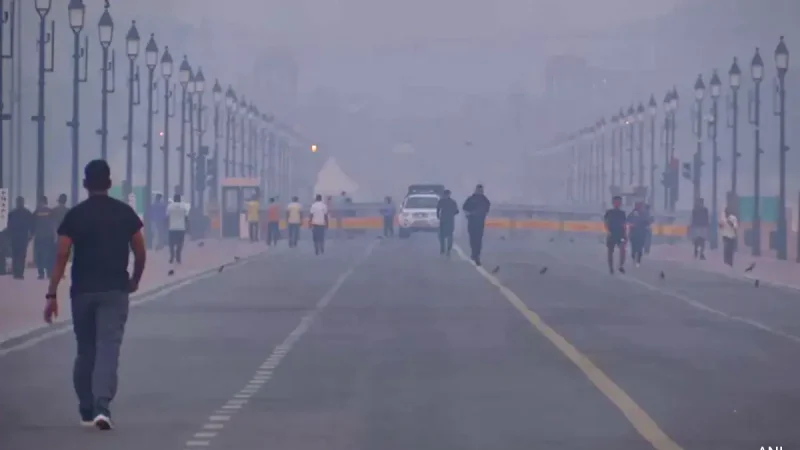THE TRAIN FROM RUSSIA: HOW A NEW ROUTE CAN CHANGE THINGS FOR INDIA

INSTC will allow Indian traders to reach Central Asia with greater ease and more cost-effectively. Trade experts explain that this will mean efficient access to Iran, Russia, Azerbaijan, and the Baltic and Nordic countries — and not just the 11 countries in Central Asia. And for the first time, Russia has sent two trains laden with coal to India via the International North-South Transport Corridor (INSTC), which connects Russia to India via Iran, according to Russia’s national railway company. A multimodal route that includes a railway, roadway network and seaports, the INSTC spans 7,200km (4,500 miles) from St. Petersburg to the port of Mumbai in India. The corridor is part of Russia’s push to find new transport routes in light of Western sanctions, which have forced it to shift trade flows from Europe to Asia and the Middle East, RT has reported. “For the first time, two trains with Kuzbass coal headed to India along the International North-South Transport Corridor. The trains set off from the Kemerovo region. They followed along the eastern branch of the INSTC through Kazakhstan and Turkmenistan to the Iranian port of Bandar Abbas,” Russian Railways said on Monday in its Telegram channel, RT reported.
How INSTC can Revolutionize India’s trade
The development of the INSTC, which connects Russia to India through Iran’s Chabahar port, means a lot for India’s trade. Now that Russia faces restrictions on sea trade due to the Ukraine war, the corridor assumes even more economic and strategic importance, especially when India sees it as an alternative to China’s ambitious Belt and Road Initiative.
Last month, India took over management of Iran’s Chabahar Port for an initial 10-year period. The deal is a boost for the INSTC as the port will serve as a key node in the INSTC. It will change the face of regional connectivity, trade with landlocked countries of Central Asia and Afghanistan, and provide an alternative route that connects the region with Russia and then Europe. INSTC will allow Indian traders to reach Central Asia with greater ease and more cost-effectively. Trade experts explain that this will mean efficient access to Iran, Russia, Azerbaijan, and the Baltic and Nordic countries — and not just the 11 countries in Central Asia. They also point out that the INSTC is being seen as an alternative to the Suez Canal trade route. About 12% of global trade, around one million barrels of oil and roughly 8% of liquefied natural gas pass through the canal each day, says a BBC report. Yet it remains vulnerable. In 2021, the experts recall, a ship ran aground and blocked the Suez Canal for six days. Lloyd’s List estimated that $9.6 billion of trade was held up each day. The world was recently again reminded of the importance of having alternative trade routes when the Israel-Hamas conflict and the Houthi attacks on ships coming or going to the canal started disrupting trade. In this context, the INSTC corridor can be a critical geostrategic tool India needs to enhance its trade footprints in Central Asia. And Ajay Srivastava, Cofounder of Global Trade Research Initiative (GTRI), had told ET last month, “Indian cargo from ports like Kandla, JNPT, Mumbai, Mormugao, Cochin and Mangalore can use Chabahar port in Iran as a strategic gateway to Central Asia, including Turkmenistan, Uzbekistan, and Kazakhstan, and further to Northern Europe via Iran and Russia. The INSTC significantly cuts transit times to around 25 days from the usual 45 days via the Suez Canal route and reduces freight costs by 30%.” Energy, pharmaceuticals, information technology, health, agriculture, textiles, and gems and jewelry can benefit greatly once India starts leveraging Chabahar port for the INSTC route, Nisha Taneja, Professor, Indian Council for Research on International Economic Relations (ICRIER). told ET last month. India has been ramping up purchases of both coking or metallurgical coal used in steel production as well as thermal coal used for power generation from Russia as the Ukraine war has forced Russia divert coal supply away from Europe. Though India is trying to increase its renewable energy capacity, its dependence on coal for power generation is only expected to grow. Imports of metallurgical coal from Russia have spurted around three-fold in the last three years to around 15.1 million tons in 2023-24 mainly due to lower prices while the same from Australia have declined, according to a research firm. Russia’s share in India’s metallurgical coal imports of 73.2 million tons (MT) has risen to around 21 per cent from around 8 per cent in 2021-22, as per a recent report by research firm Big Mint Iron ore and metallurgical coal or met coal are essential ingredients in steel production. India is dependent on imports to meet its domestic demand for met coal. According to Big Mint analysts, “cost-benefit” is the main reason for the rise in imports of metallurgical coal from Russia. Imports from Russia are costing less to domestic steel players because of low prices, a Big Mint analyst said. However, in the long run, imports from Russia are projected to whittle down as the country is expected to impose an export tax on met coal and an increase in logistics cost, another analyst said. The INSTC can also help India source energy from the Central Asian countries. Citing India’s huge energy imports from Central Asian countries via trade choke points of the Red Sea and Strait of Hormuz, Rajan Sudesh Ratna, Deputy Head and Senior Economic Affairs Officer at the United Nations Economic and Social Commission for Asia and the Pacific (UNSCAP), told ET last month, “One key economic sense of INSTC is around energy connectivity. All corridor countries, especially India, are working towards energy security. Central Asia can be a good source for this requirement due to two reasons — cheaper price and good connectivity. ”If you can cheaply import via INSTC, you can save the country precious foreign exchange and anything that’s produced after that would also be more cost-effective,” Ratna told ET.





